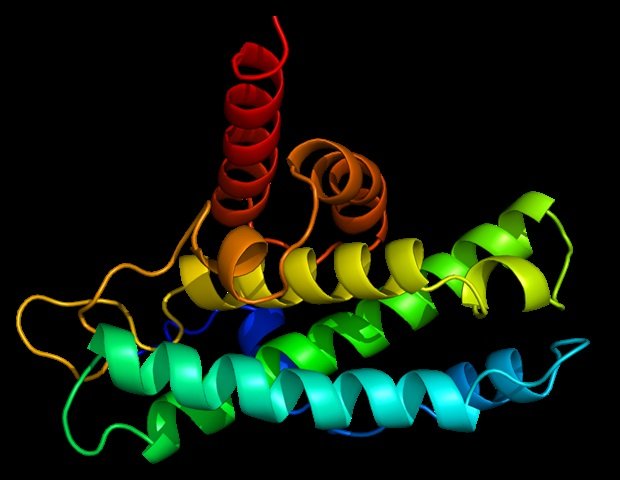Botanists have understood the channels and transporters involved in nutrient uptake and transport, but how are they placed where they need to be?
For example, plants need boron, which is taken up into cells by molecules known as the boric acid channel. But how do the proteins that form the channel reach the plasma membrane?
A research team led by Professor Junpei Takano of Osaka Metropolitan University’s Graduate School of Agriculture identified a mutant line Arabidopsis thaliana in which boric acid channels do not translocate properly to the plasma membrane. The cause was a deficiency in the protein KAONASHI3 (KNS3). the name calm down (Japanese for “faceless”) was given in 2008 by a research team led by Nagoya University Associate Professor Sumie Ishiguro, who is also an author of the current study.
Detailed examination of the transport process of boron channels revealed that KNS3 and homologous proteins called KNSTH1 and KNSTH2 are likely to form a protein complex. These complexes help move boric acid channels from the endoplasmic reticulum to the Golgi apparatus and then to the plasma membrane.
In addition, its pollen Arabidopsis thaliana it normally has a patterned surface like the skin of the calf, but this pattern disappears–becomes faceless–in mutant strains that lack the protein-coding function of the KNS3 gene, which is involved in pollen exine formation. This feature may be due to abnormal transport of a protein other than that for the boric acid channel.
Based on the mechanism of intracellular transport of membrane proteins revealed in this study, plants may regulate nutrient uptake and pollen structure by regulating the intracellular transport of specific proteins through the KNS3-KNSTH1-KNSTH2 complex. Our results may help reveal ways to reduce fertilizer requirements while improving crop yields.”
Professor Junpei Takano of the Graduate School of Agriculture, Osaka Metropolitan University
The findings are published in Journal of Experimental Botany.
Source:
Journal Reference:
Zhang, Z., et al. (2024) Arabidopsis KNS3 and its two homologues mediate network-to-plasma endoplasmic membrane trafficking of boric acid channels. Journal of Experimental Botany. doi.org/10.1093/jxb/erae380.
